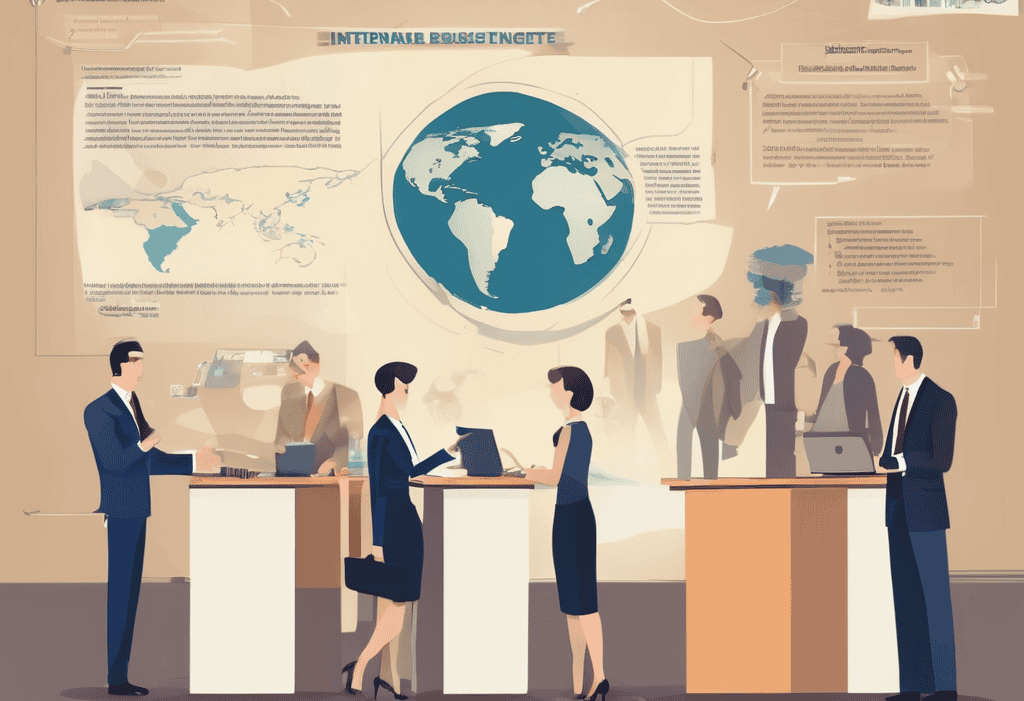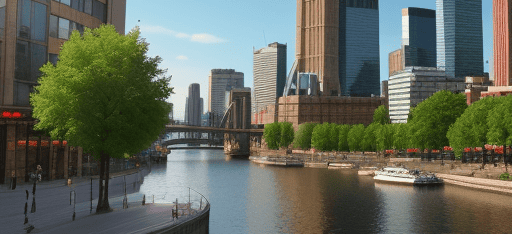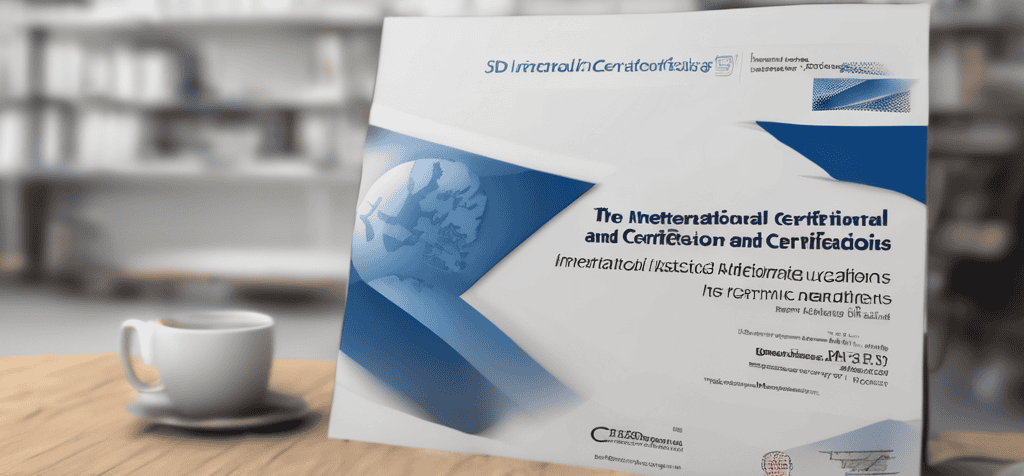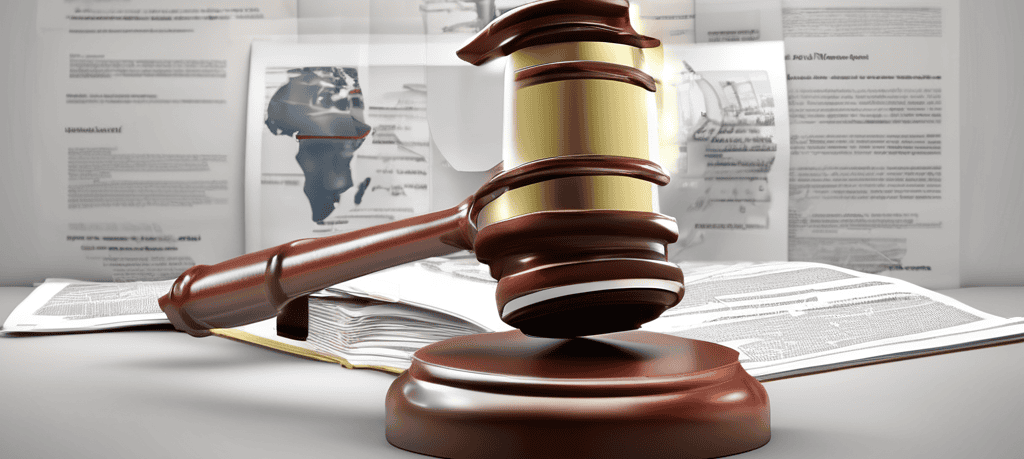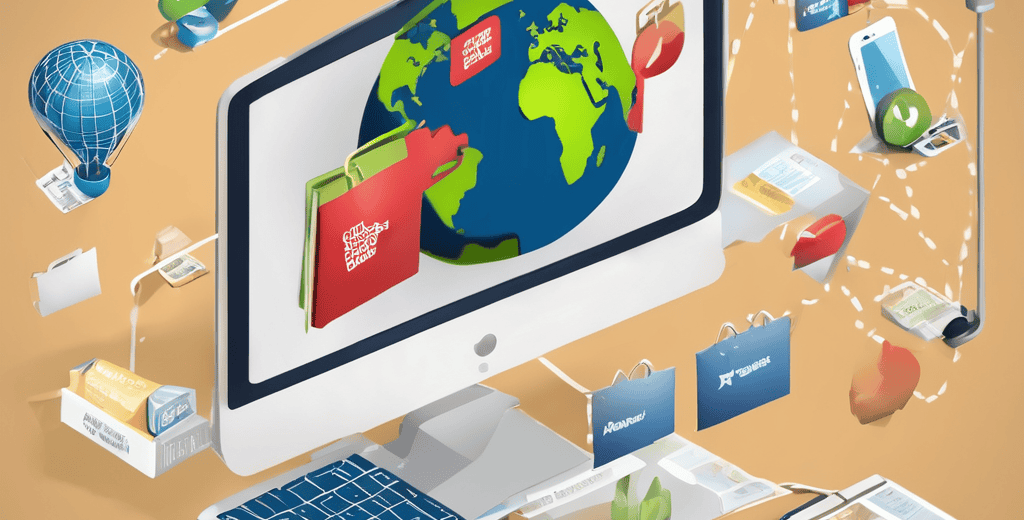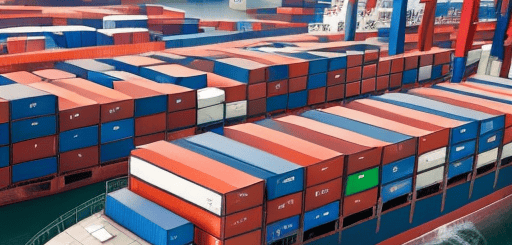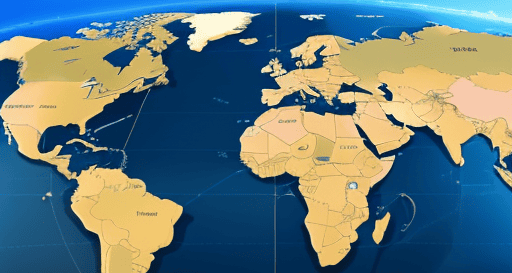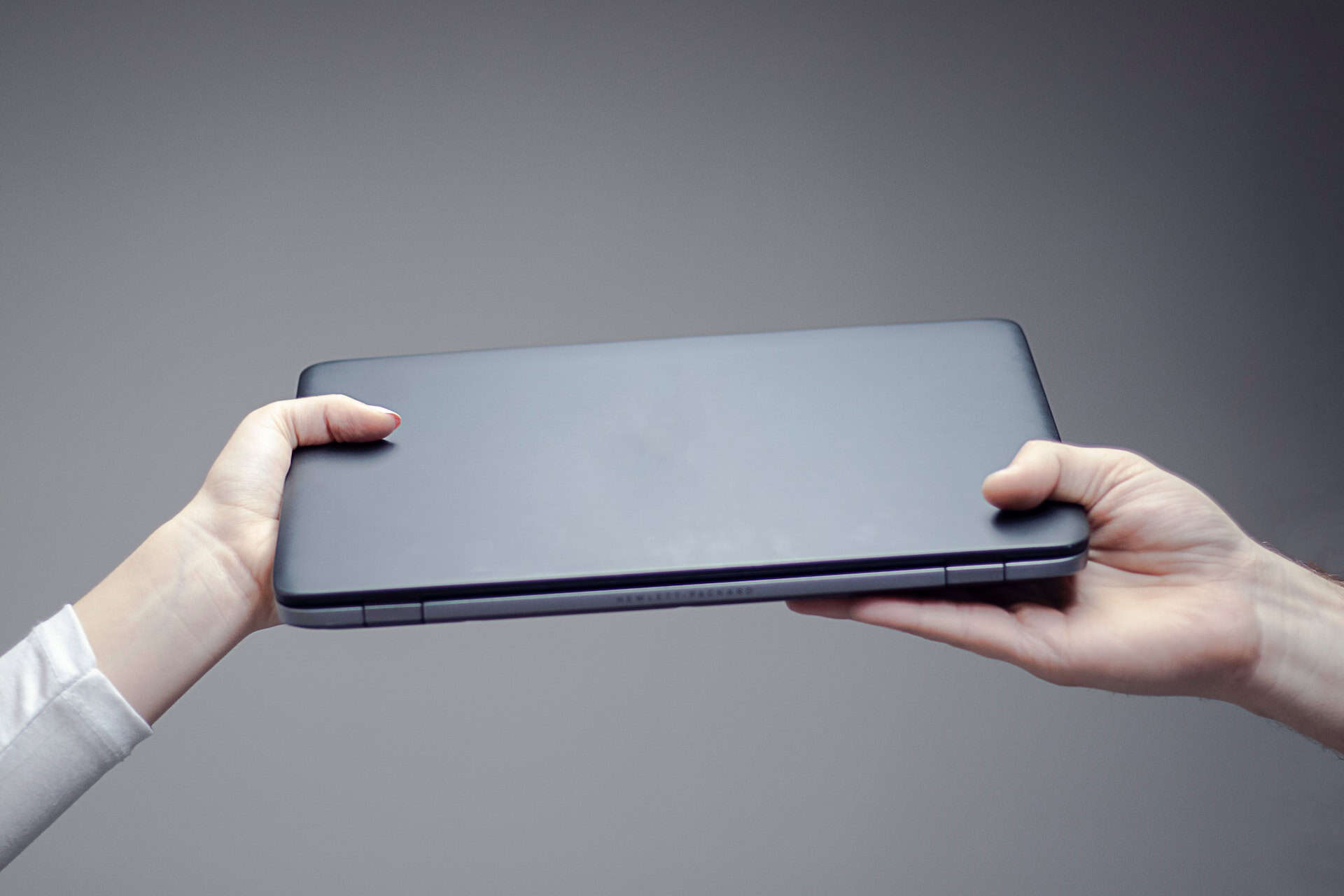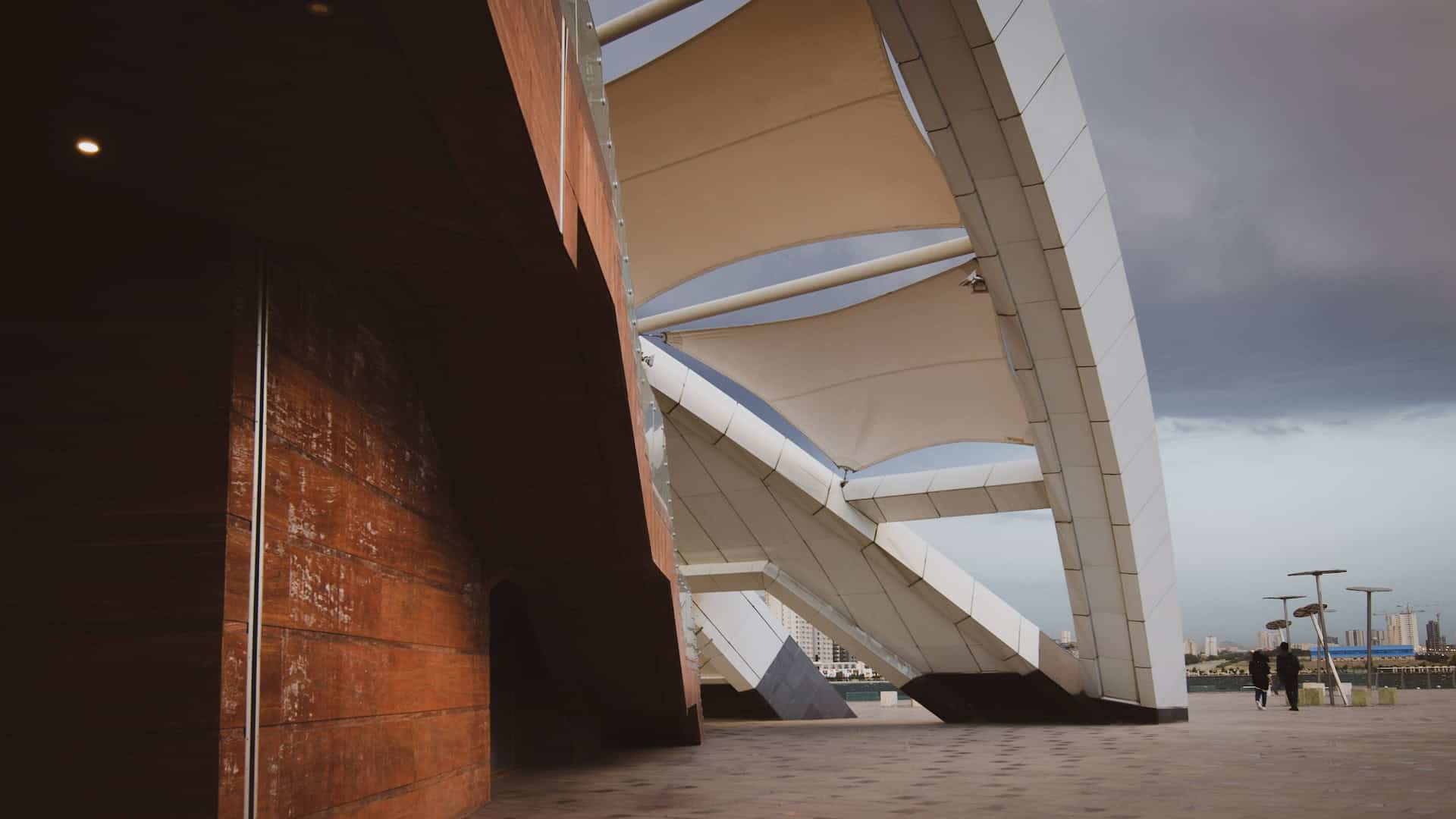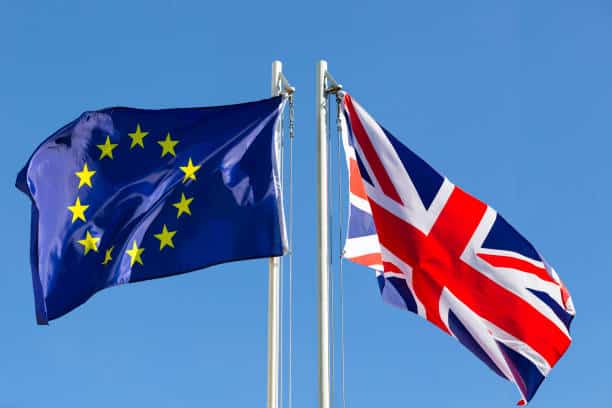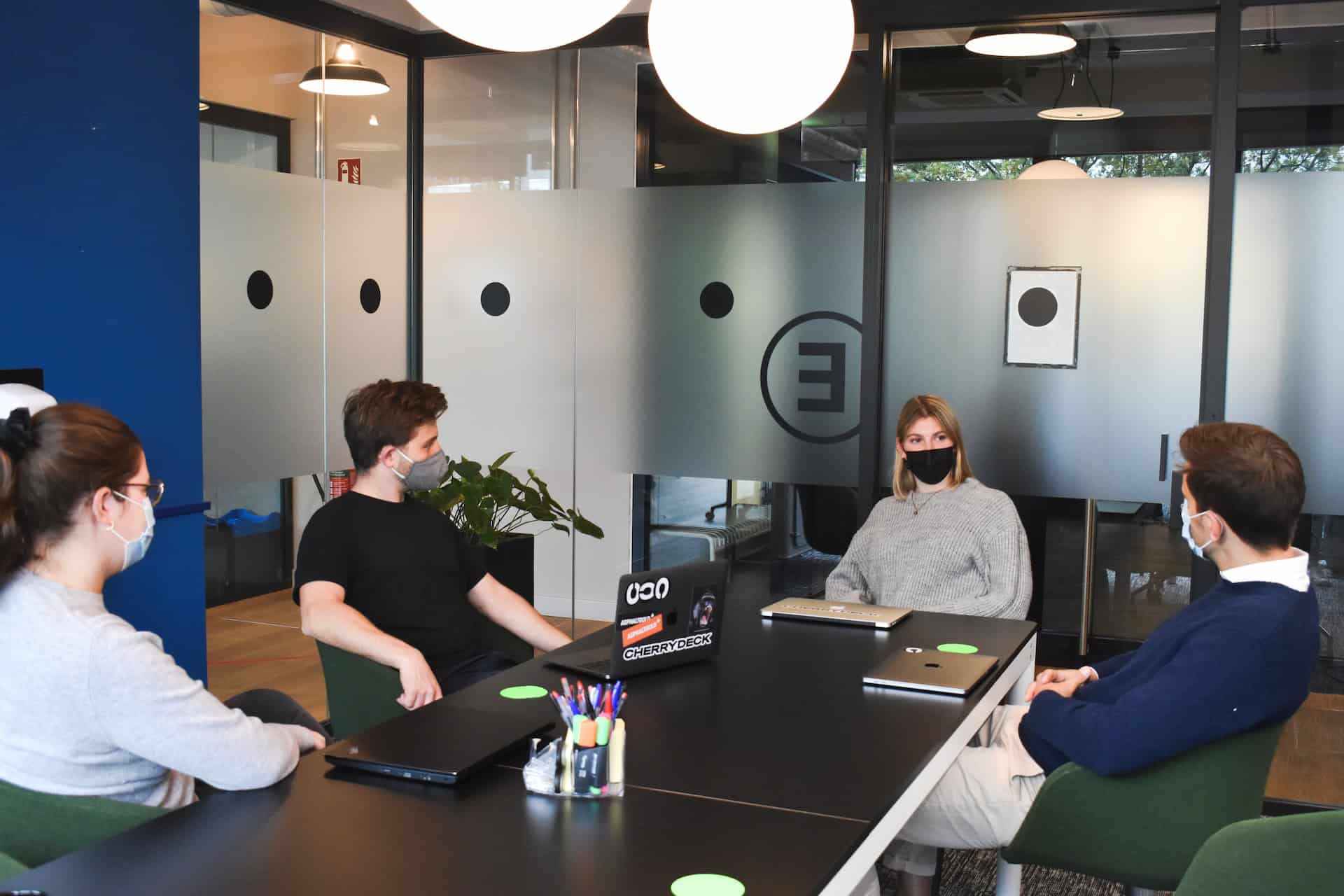Elsewhere on the International Trade Council website Resolving Trade Disputes - International Trade Council there is further detail as to what mediation (and arbitration) are and how they work in practice. In headline terms mediation is a facilitative dispute resolution process where the parties meet with an independent third party who looks to help them reach a mutually acceptable agreement to resolve their differences. It is a voluntary confidential process that can be much quicker and cheaper than other dispute resolution methods. Mediation is one of a series of dispute resolution processes caught under the wider umbrella term of Alternative Dispute Resolution ‘ADR’ (some prefer the terms Amicable Dispute Resolution or Appropriate Dispute Resolution but it is suggested that the widest used of these three terms is the former phrase Alternative Dispute Resolution). The reference to alternative arises in the context of distinguishing the particular ADR method from traditional court litigation. It is important to note that mediation, or any other ADR process, such as but not limited to arbitration, will not always be successful; but that mediation does enjoy a high success rate.
Where mediation does not conclude a dispute, the parties will revert to litigation, or they can follow an escalating (or tiered) dispute resolution path such that the mediation is followed by arbitration- sometimes described as ‘med-arb’ or ‘arb-med’. It may be that an arbitration bookended on to an unsuccessful mediation is conducted under a time limited procedure such as within 100 days. If one ADR method does not conclude the dispute on an expedited basis reliance can be placed on a second process so as to avoid a time-consuming journey through the courts with the risk that the loosing party in the courts will then appeal. Mediations conclude with a settlement agreement. There is much less risk post mediation of one of the parties looking to bring the matter before a court in the way that can happen in arbitration. Arbitration as an adjudicative process similar to litigation will see one of the two sides loose and they may then choose to explore if there is a basis to have the arbitration award set aside. When a mediation concludes that is by and large the end of the matter. There might be the need to look to enforce the settlement agreement if one of the parties does not comply with its terms but in the round, it is once over more final than other processes and far less likely to have a ‘second wind’ as can arise with an appeal in litigation or a set aside application in arbitration.
Mediation can be a particularly useful process for resolving international trade disputes. Traditional dispute resolution is usually associated with a ‘whiff of sulphur’. One party will obviously win and the other loose in an adversarial process. The ‘win’ may be defeating a claim, or it may be in being awarded a sum of damages (and interest and costs) sought by the party that brought the proceedings. But on either outcome the ‘win’ often takes longer than expected and the time and costs in opposing the claim are likely higher than expected and/or the sum received in damages is lower than first thought. In other words, both sides are left bruised by the process and neither party may feel that the outcome was as they would have hoped for. In such circumstances it is particularly difficult for there to be a future commercial relationship after the end of the litigation. By its nature international trade disputes will see one party to such litigation go before a court outside their home base likely for long periods of time and that can cause self-evident problems.
A mediation can be conducted remotely or in a neutral venue other than the base of either party. There is no unease, by one side, as to what the approach of an unfamiliar court will be as each of the parties will have agreed upon the mediator being used. Meditation is not adjudicative; the mediator is looking to assist the parties through a facilitative approach to resolve their differences by agreement they are not weighing and assessing evidence and making declarative decisions on issues of law. As a result of the difference in approach as stated mediation is usually conducted much more quickly than a court or arbitration hearing. Mediation is a party driven process conducted with the help of the mediator. It can be possible to tailor the outcome, by agreement, in a more bespoke manner than the more formal processes of litigation and arbitration will allow. The retired Irish Court of Appeal Judge Michael Peart a panellist for a session on international mediation at the 2022 Dublin International Disputes Week spoke about mediation’s success rate flagging that ‘My own experience is that it is above 75pc,’ ‘Teeth’ have been given to the status of mediation as a tool for resolving international disputes through the Singapore Convention on Mediation. The Convention which took effect in late 2020 follows regional measures such as the European Mediation Directive and allows for the enforcement of mediation settlement agreements internationally. At the time of writing 57 countries have signed it such as Australia, China, India, United Kingdom and the United States of America.
About the Authors:
Arran Dowling-Hussey is a Barrister, Mediator and Arbitrator working from 4-5 Gray’s Inn Square Chambers, London.
He can be contacted at adhussey@4-5.co.uk
Patrick Taylor is a Barrister and Mediator working from 4-5 Gray’s Inn Square Chambers, London.
He can be contacted at ptaylor@4-5.co.uk
About the 4-5 Gray’s Inn Square Chamber:
4-5 Gray’s Inn Square is a distinguished set of chambers specializing in civil, public, and commercial law, with core practice areas including public, housing and property law, commercial, planning, dispute resolution, election law, local government, regulatory and disciplinary matters, and international law. Committed to delivering innovative and practical legal advice tailored to clients' commercial needs, the chambers are renowned for their excellence across these core areas. Their barristers are supported by a top-tier practice management team, ensuring a high standard of service and expertise.
Read more views









